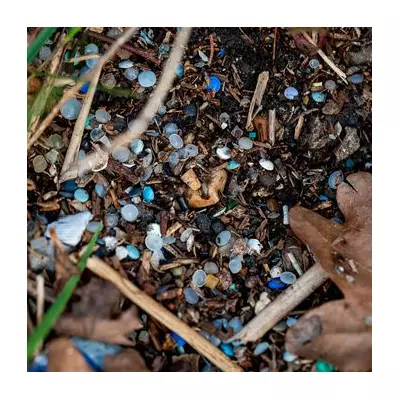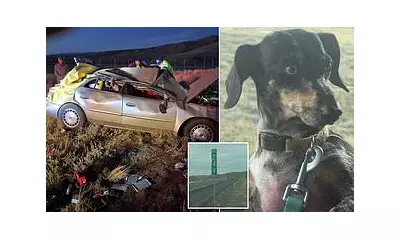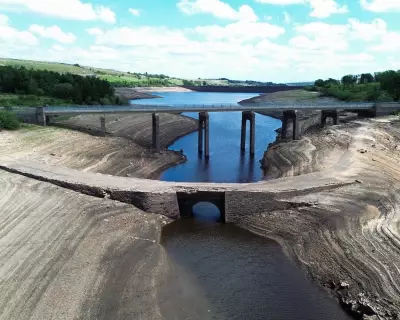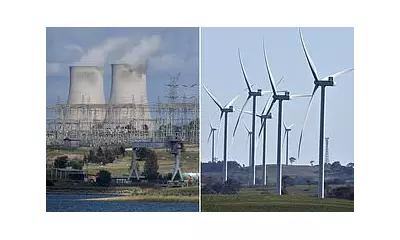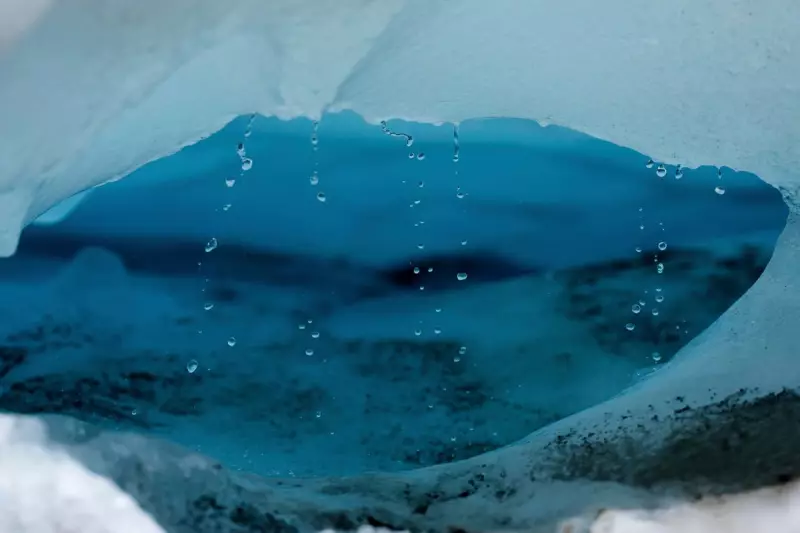
Switzerland's iconic glaciers are disappearing at an unprecedented and alarming rate, with scientists reporting a devastating 10% loss of their total ice volume in just the past two years alone.
The latest findings from the Swiss Commission for Cryosphere Observation reveal that 2022 and 2023 have been particularly catastrophic for the nation's frozen landscapes. Researchers describe the scale of melting as 'absolutely exceptional' and warn that current climate projections may have significantly underestimated the pace of glacial retreat.
The Vanishing Ice Giants
Smaller glaciers have been hit hardest, with many completely disappearing from the Alpine landscape. Even larger, more resilient glaciers are showing dramatic signs of stress and retreat.
Matthias Huss, head of Glacier Monitoring in Switzerland, stated: 'The two extreme consecutive years have led to glacier tongues collapsing and many glaciers disappearing completely. We're witnessing the rapid transformation of our Alpine environment before our eyes.'
Beyond Natural Variability
What makes this situation particularly concerning is that the massive ice loss occurred despite relatively normal winter snowfall. The primary driver has been exceptionally warm summers combined with increased deposition of Saharan dust, which darkens the ice surface and accelerates melting by absorbing more solar radiation.
The Swiss Academy of Sciences reported that some regions experienced ice loss reaching up to 4 metres in thickness at measuring sites above 3,200 metres – elevations where glaciers typically remain stable.
A Warning for Water Security
The implications extend far beyond mountain aesthetics. Glaciers serve as crucial natural water reservoirs, releasing meltwater during dry periods. Their rapid disappearance threatens water security for agriculture, hydroelectric power, and communities throughout Europe.
Scientists emphasize that while individual weather events contribute to year-to-year variability, the underlying trend points unequivocally to human-induced climate change as the primary driver of this accelerated melting.
The Swiss findings add to growing global evidence of rapid cryosphere changes and underscore the urgent need for enhanced climate action to preserve what remains of the world's frozen ecosystems.


